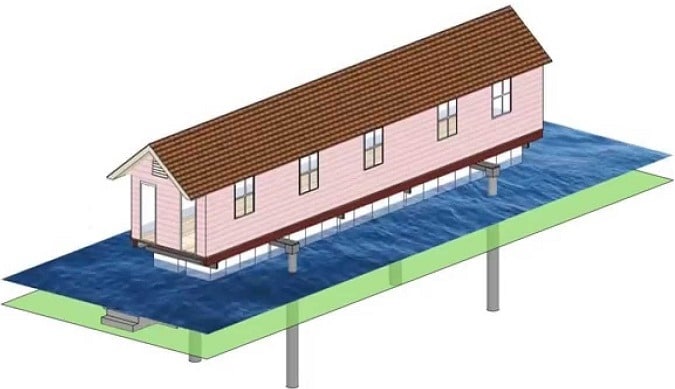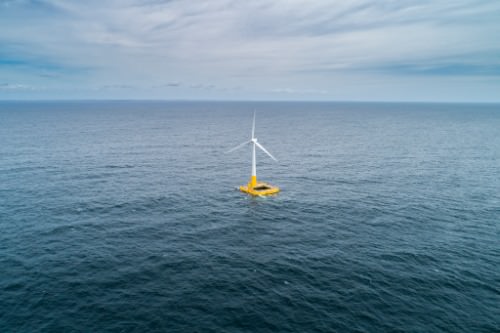
The flower-shaped development will have restaurants, shops, and swimming pools. Waterstudio is collaborating with developer Dutch Docklands on a planned community in the Maldives that will include 185 floating villas. By allowing the construction of buildings over water, it can give cities additional room to grow.
Spreading outįloating architecture can do more than prevent flood damage. “It can be that you come back to a city after two or three years and some of your favorite buildings are in another location in that city,” he says, adding that buildings might be moved close together to conserve heat and separated when summer arrives.

Volume Subject Area: Ocean Renewable Energy. Olthius envisions cities with floating office buildings that can be detached and rearranged as needed. The effect of coupling between the floating foundation of the WindFloat and the OWC is investigated thoroughly. But floating architecture could allow cities around the world to grow and evolve in new ways, says Waterstudio founder Koen Olthuis. Vietnam and Peru, among other countries, have had floating communities for centuries. When waters are low, the house rests on the ground like a conventional building during floods, it floats on water that flows into a bathtub-shaped outer foundation.įloating buildings and neighborhoods are not a new idea, of course. There are also new constructions built with amphibious foundations, such as a home designed by Baca Architects on an island in the River Thames in Marlow, England. “What I’m trying to do is to take existing communities and make them more resilient and give them an opportunity to continue to live in the place that they’re intimately connected to,” she says. Downstairs are a boat slip, storage, and sauna upstairs there are two bedrooms (the kids have bunkbeds), an office, and a galley area, with dramatic views from parallel windows. In some cases, existing homes can be retrofitted with amphibious foundations to give people in flood-prone areas a less costly alternative to moving or putting their homes on stilts, says English, founder of Buoyant Foundation Project, a nonprofit based in Breaux Bridge, Louisiana and Cambridge, Ontario. Floating House by Lloyd Architects is the summer headquarters for a Cincinnati couple despite its modest 1,250 square feet of indoor space. The key difference lies with their foundations, which function as a sort of raft when the water starts to rise. “It takes whatever level of water is thrown at it in stride.” New kind of flood readinessįrom ground level, amphibious houses look like ordinary buildings.

Elizabeth English, an associate professor at the University of Waterloo School of Architecture in Ontario. Be warned, you may get a pop of motion as the foundation's buoyancy effect settle properly in the water.“It’s fundamentally for flood mitigation, but in our time of climate change where sea level is rising and weather events are becoming more severe, this is also an excellent adaptation strategy,” says Dr. Once you have those, you can deconstruct the armor blocks connecting you to the land (I tend to only do this when I'm totally done building, though). Floating offshore wind foundations has an advantage over onshore wind turbines because the sea has more wind and.

I recommend at the very least laying out all of your floor structure and completing all of the floating foundations first. Now you have an anchored basis to start construction of whatever you want floating. Place your first floating foundation at the end of that run and build it completely with the multi-tool. Place an armor block on the edge of the shore (just the frame is enough) and then run out with more blocks over the water a bit, again frames only. So, I tend to build like I'm in "dry dock" initially. I've actually flipped a base by accident just adding a floating foundation at the wrong spot and having the excess weight drag that whole side under before I could hit it with the multi-tool to finish it. It's also something to watch for if you have a floating structure and decide to add more floating foundations. I've built several floating bases, and always use the method that Menzagitat mentions for a few reasons - the primary reason being that even if you could get it to light up green to place on top of the water, the foundation is nothing but weight until you build it and the floats are inflated. Yes, placing those blocks is a challenge. With water depths at sea ruling out assembly solutions such as jack-up vessels, the most efficient way to integrate turbines onto floating foundations is to position the floater in the water directly alongside the quay, and piece it together using a large crane.


 0 kommentar(er)
0 kommentar(er)
